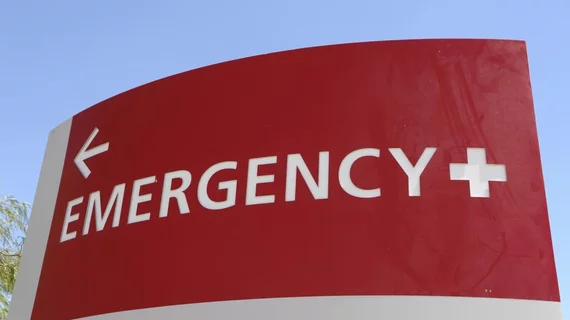Physician shortages crippling rural emergency departments
Emergency departments, particularly in rural areas, are strained by shortages of physicians and other providers, including nonemergency doctors and advanced practice providers, according to a new study published in the Annals of Emergency Medicine.
Researchers of the study, led by M. Kennedy Hall, MD, MHS, of the University of Washington School of Medicine, sought to describe the current U.S. emergency medicine workforce and further stratify the population based on clinician type. Additionally, they sought to examine the workforce differences between urban and rural settings.
The researchers utilized data from the 2014 Medicare Public Use Files (MPFU) of more than 932,000 physicians, of which 58,641 were unique emergency medicine practitioners. Approximately 61 percent were classified as emergency physicians, 14 percent were nonemergency physicians and approximately 25 percent were advanced practice providers.
Among nonemergency physicians, there were approximately 42 percent of family practice physicians and approximately 20 percent of internal medicine physicians. Physician assistants accounted for 68 percent of advanced practice providers, with nurse practitioners comprising the other 32 percent.
“Our analysis revealed that more than one third of emergency department clinicians are someone other than an emergency physician,” Hall said in a statement. “This points to the need for a broader approach to emergency care training. Health systems have unique needs and hospitals, particularly in rural areas, will continue to be challenged to harness the provider mix in their regions.”
Not surprisingly, the researchers also found urban counties had more emergency medicine physicians than rural counties. A total of 58,565 emergency medicine clinicians were mapped to 2,291 U.S. counties. Urban counties had a higher proportion of emergency physicians—almost 64 percent, compared to rural counties at almost 45 percent.
“Visually, the highest proportions of emergency physicians were fund bicoastally and in the Mountain time zone,” Hall and colleagues wrote. “The lowest proportions of emergency physicians mapped to the South and Central time zones.”
The researchers also noted 27 percent of the counties had no emergency medicine clinicians and 41 percent of counties had no emergency medicine physicians who were reimbursed by Medicare fee-for-service Part B.
“Using national clinical encounter data, we identified approximately 60,000 emergency medicine clinicians, of whom fewer than 2 in 3 were emergency physicians,” Hall et al. wrote. “The diversity of the emergency medicine workforce highlights a need for a broader approach to standardizing emergency care training beyond board certification of emergency medicine residency graduates. Notable differences exist in the staffing of emergency care between urban and rural communities that should be considered by policymakers and health care systems seeking to deliver specialized emergency care to all communities across the nation.”

